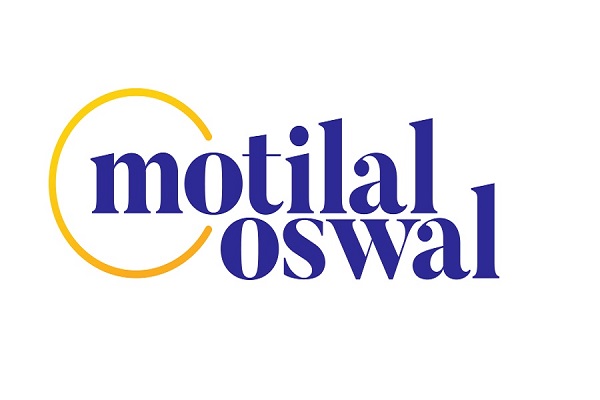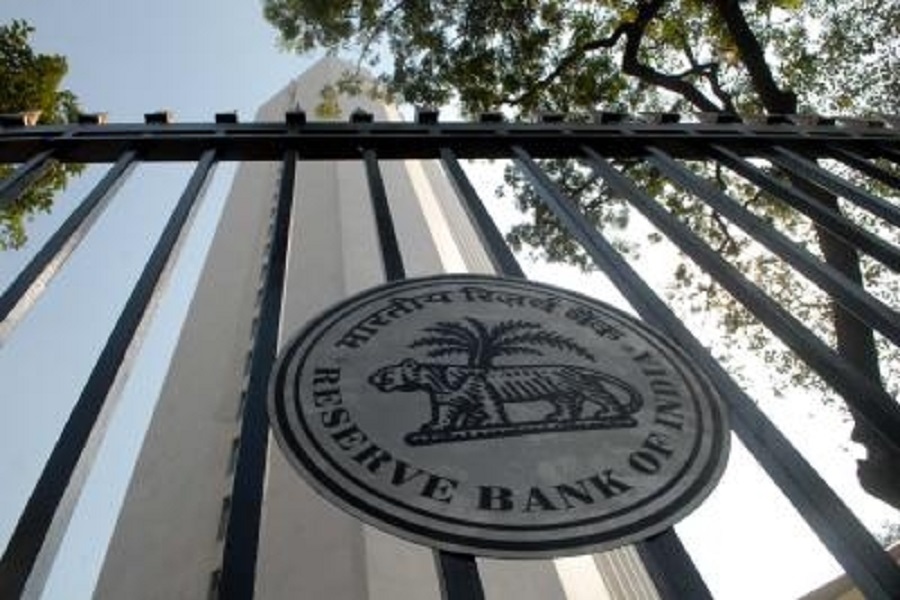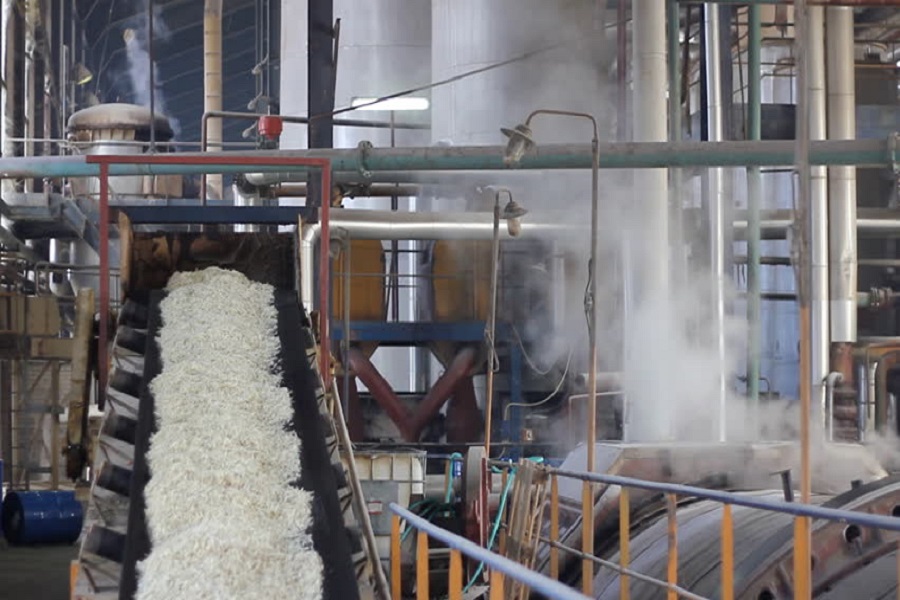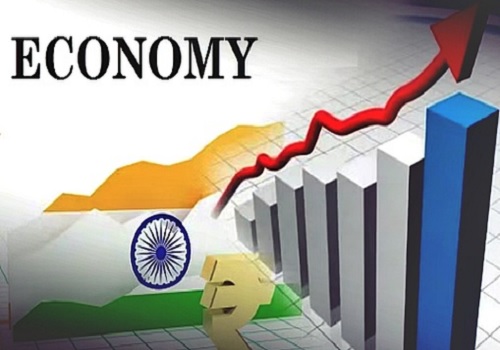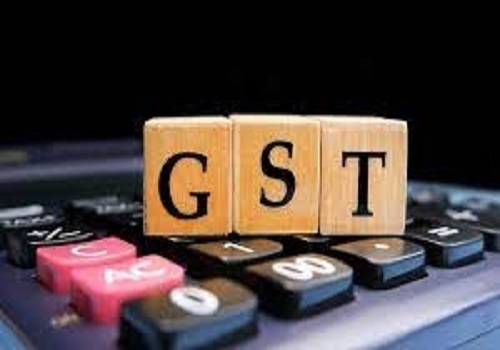Reimagining Manufacturing: The Pre-Budget 2025 Blueprint for 'Make in India'
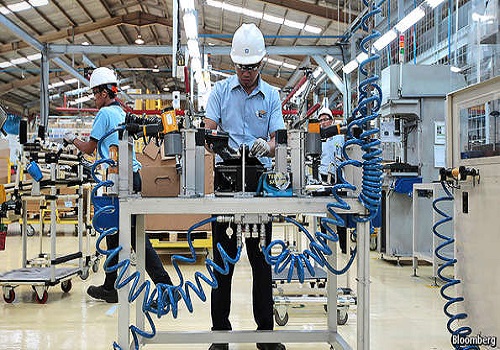
As India prepares for the Union Budget 2025, the spotlight is firmly on the ambitious Make in India initiative, launched to position the country as a global manufacturing hub. With the vision to transform India into a self-reliant economy and drive employment growth, the government is expected to unveil measures to boost domestic production, innovation, and global competitiveness.
The Foundation of Make in India
Since its inception in 2014, Make in India has catalyzed significant changes in India's industrial landscape. It has targeted 25 key sectors, ranging from automobiles and electronics to pharmaceuticals and defense, to reduce dependency on imports and foster indigenous production. Budget 2025 holds immense potential to accelerate this transformation.
Expected Focus Areas for Budget 2025
Boosting Manufacturing through PLI Schemes:
Production-Linked Incentive (PLI) schemes have been a cornerstone of the Make in India initiative. The budget is expected to allocate further incentives to sectors such as electronics, semiconductors, and advanced textiles to attract investments and create a robust supply chain ecosystem.
Strengthening MSMEs:
Micro, Small, and Medium Enterprises (MSMEs) are the backbone of Indian manufacturing. Budget 2025 is likely to focus on providing easier credit access, interest subsidies, and digitization support for MSMEs to enhance their productivity and global reach.
Defense Manufacturing Push:
The government’s push for defense indigenization will remain a priority. Increased allocations for research and development, as well as public-private partnerships in defense manufacturing, are anticipated to reduce imports and boost domestic capabilities.
Enhancing Infrastructure:
World-class infrastructure is vital for fostering manufacturing growth. Budget 2025 is expected to allocate substantial resources for industrial corridors, logistics hubs, and port connectivity projects to enhance efficiency and competitiveness.
Technology and Innovation:
To compete globally, Indian manufacturers must embrace cutting-edge technologies. The budget could include incentives for automation, artificial intelligence, and Industry 4.0 adoption, empowering businesses to scale operations and achieve global standards.
Green Manufacturing and Sustainability:
As sustainability becomes a global priority, the budget may promote eco-friendly manufacturing practices. Policies encouraging renewable energy adoption, waste reduction, and circular economy practices in industries are expected to be introduced.
Opportunities for Global Integration
The Make in India initiative aligns with the government’s goal of making India an integral part of global supply chains. Policies facilitating ease of doing business, reducing regulatory bottlenecks, and promoting free trade agreements (FTAs) are expected to create an enabling environment for foreign direct investment (FDI).
Challenges and Solutions
While Make in India has achieved significant milestones, challenges such as skill shortages, bureaucratic delays, and infrastructure gaps persist. Budget 2025 must address these issues by promoting skill development, streamlining approval processes, and ensuring timely project execution.
Conclusion
The Union Budget 2025 is poised to reinforce the Make in India vision by addressing critical growth areas and enabling Indian manufacturers to compete on the global stage. By fostering innovation, sustainability, and inclusivity, this budget could solidify India’s position as a leading manufacturing hub, unlocking new economic opportunities for the nation.




.jpg)


